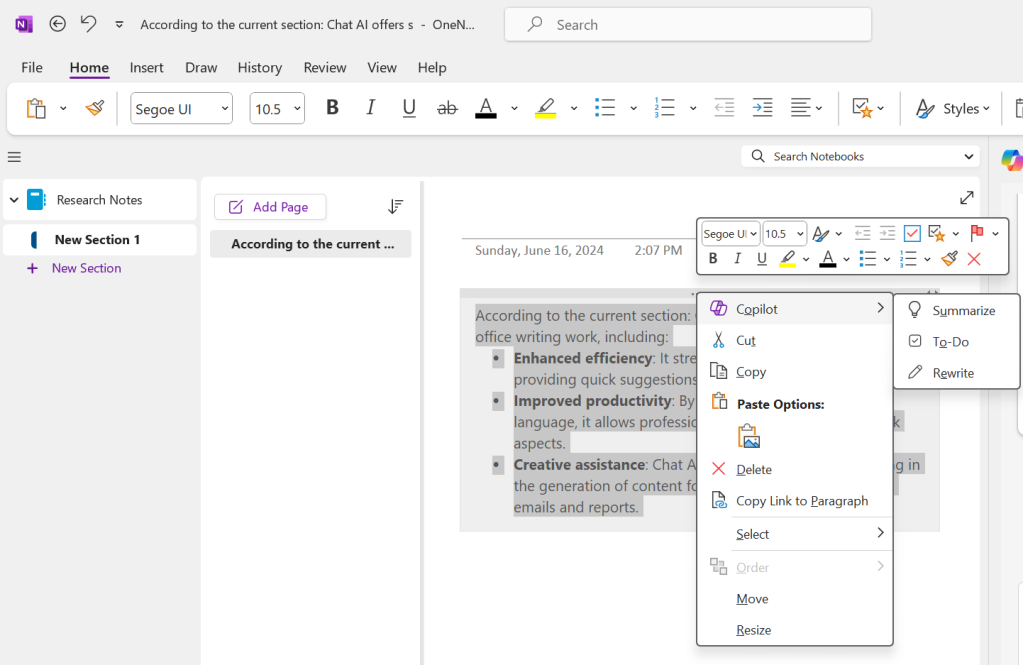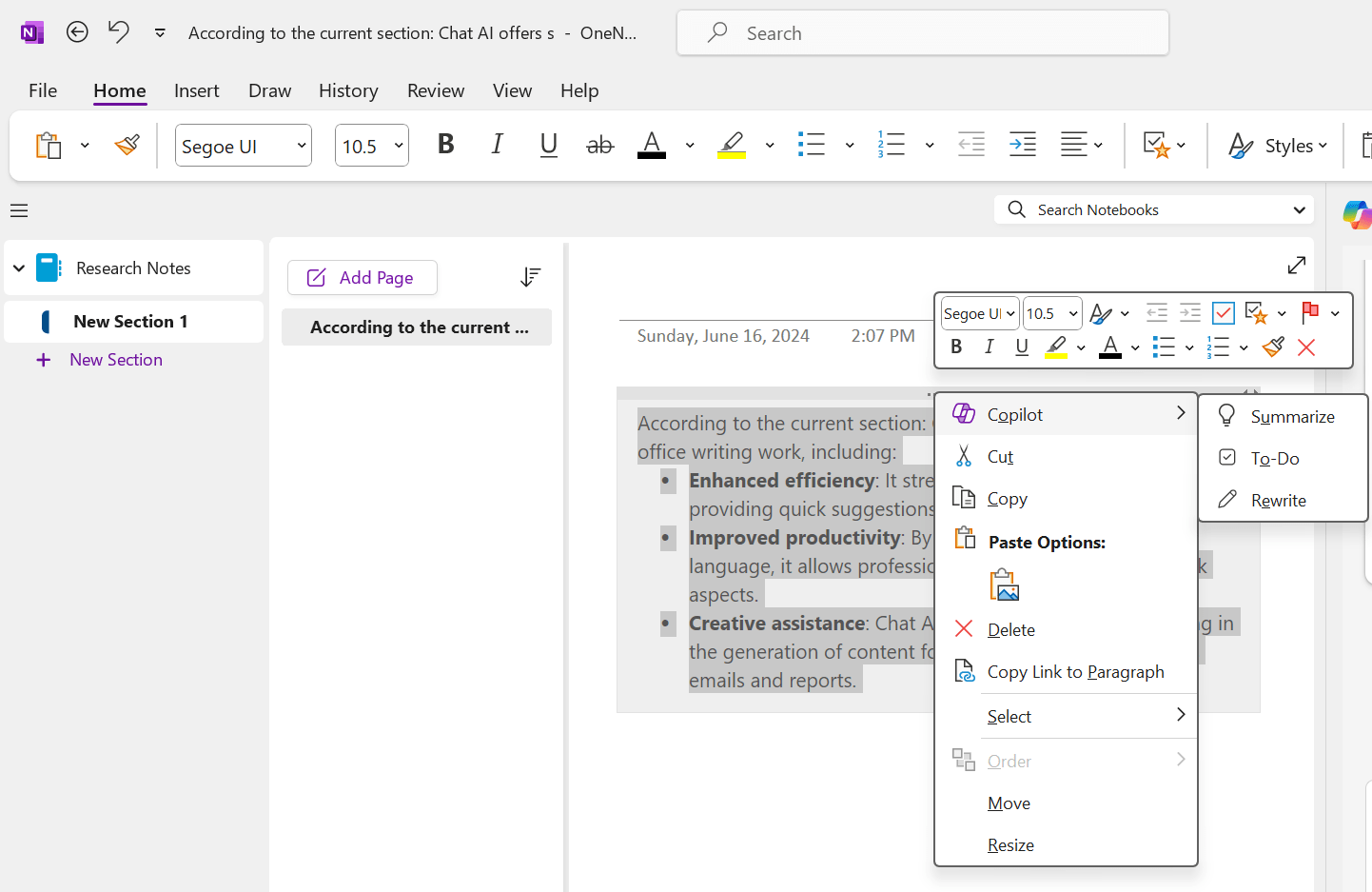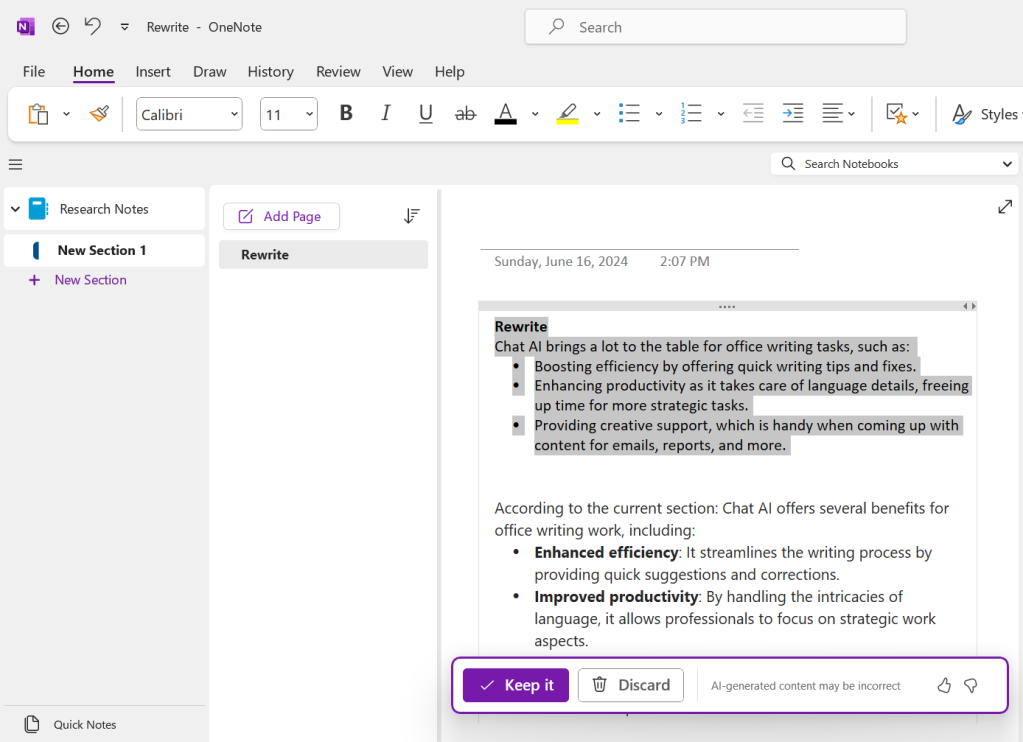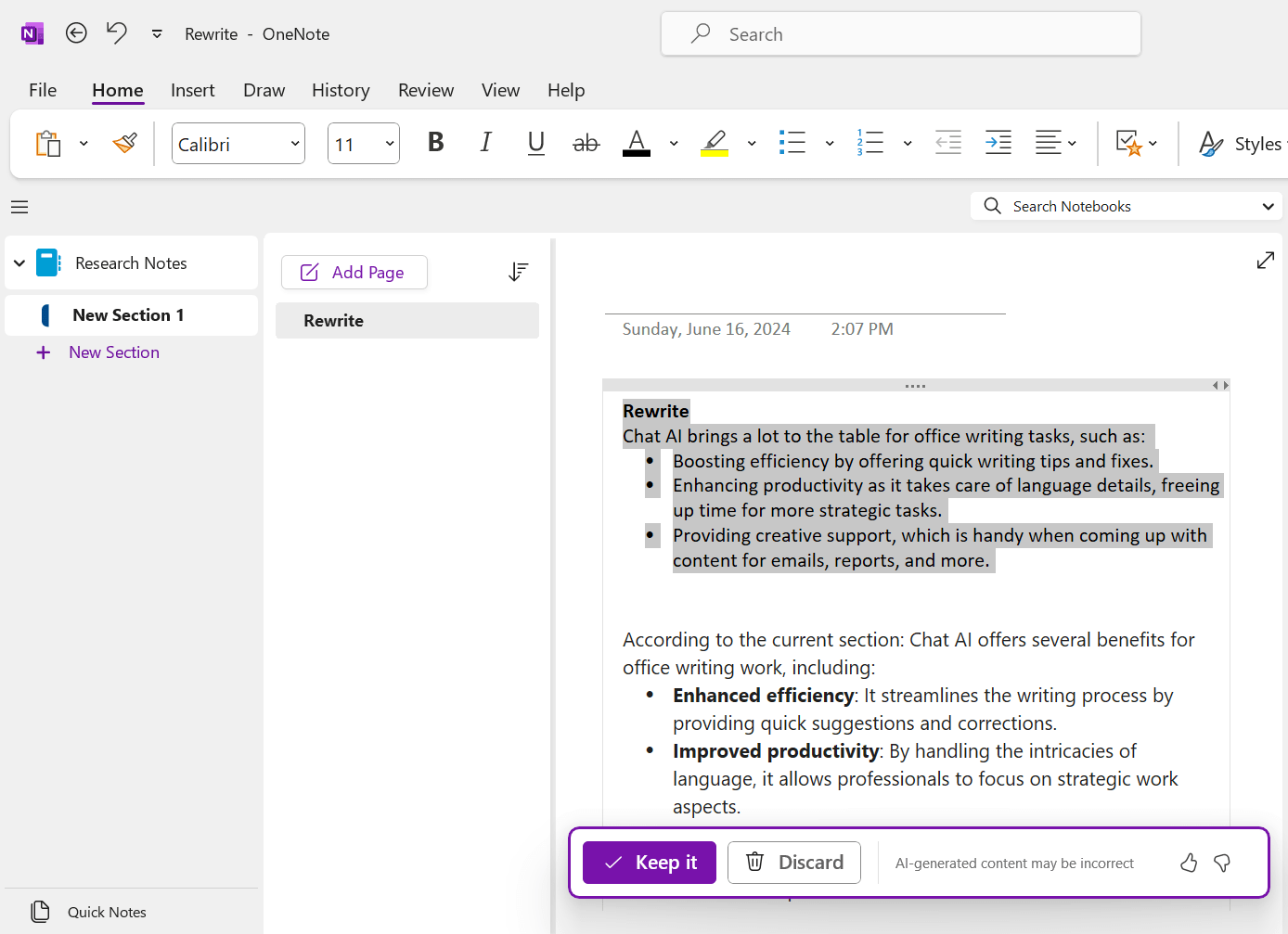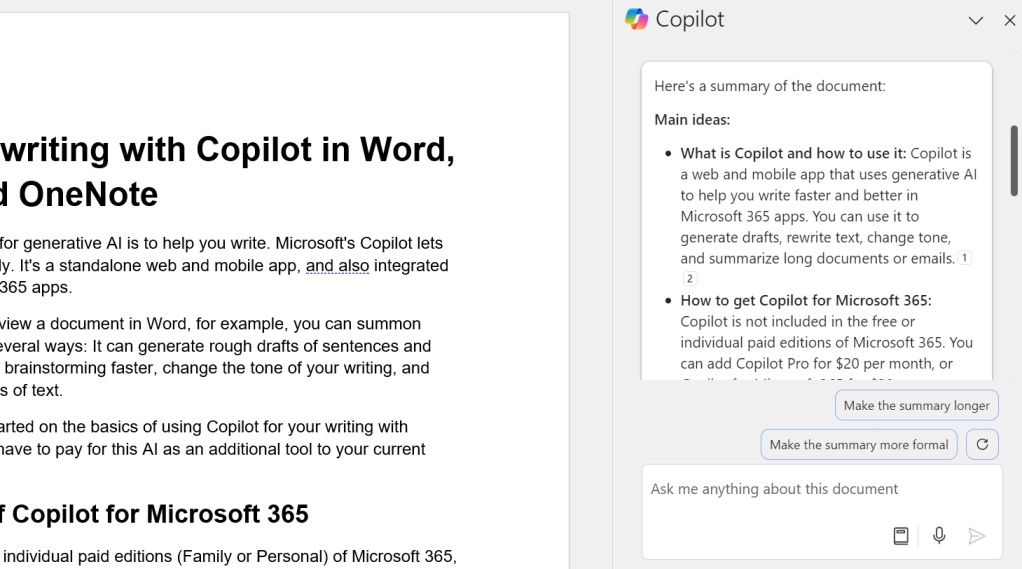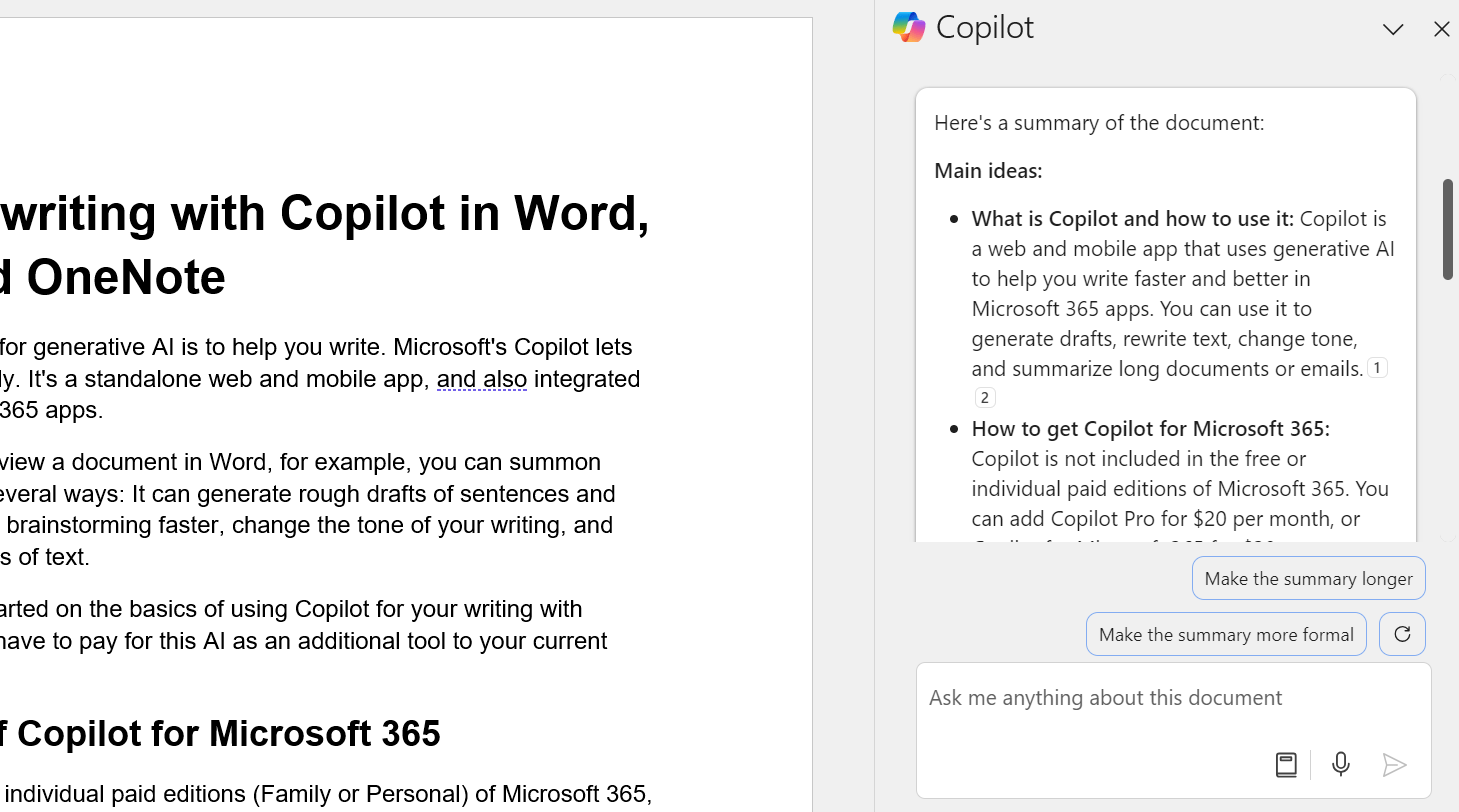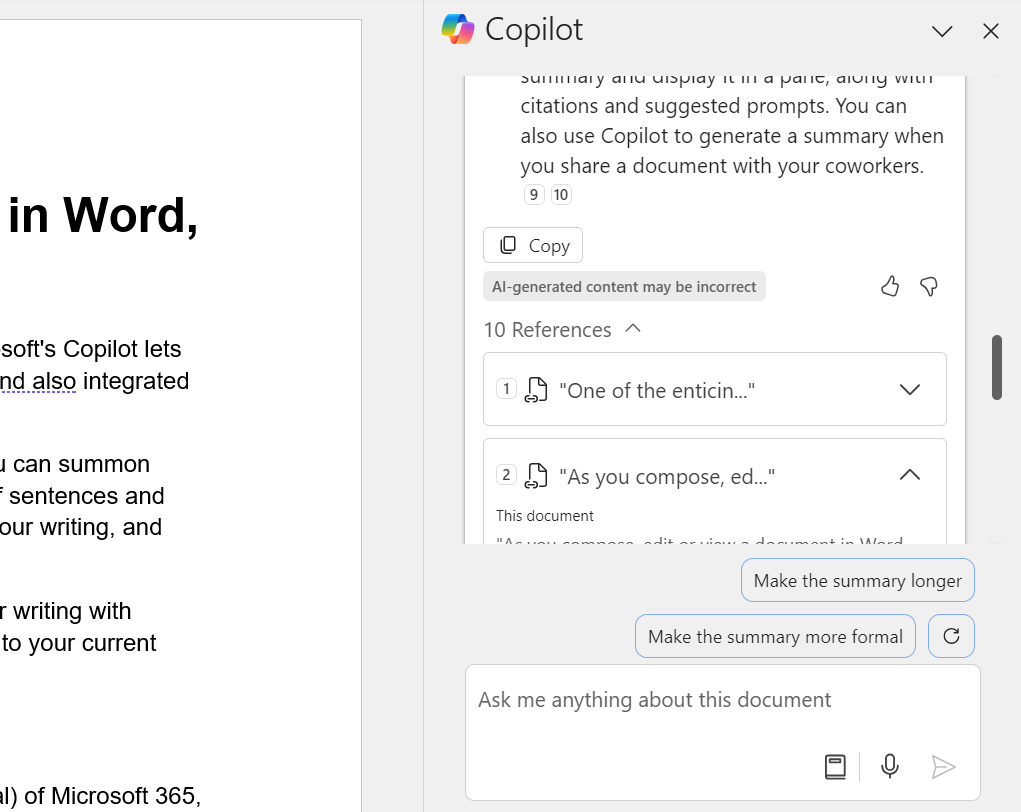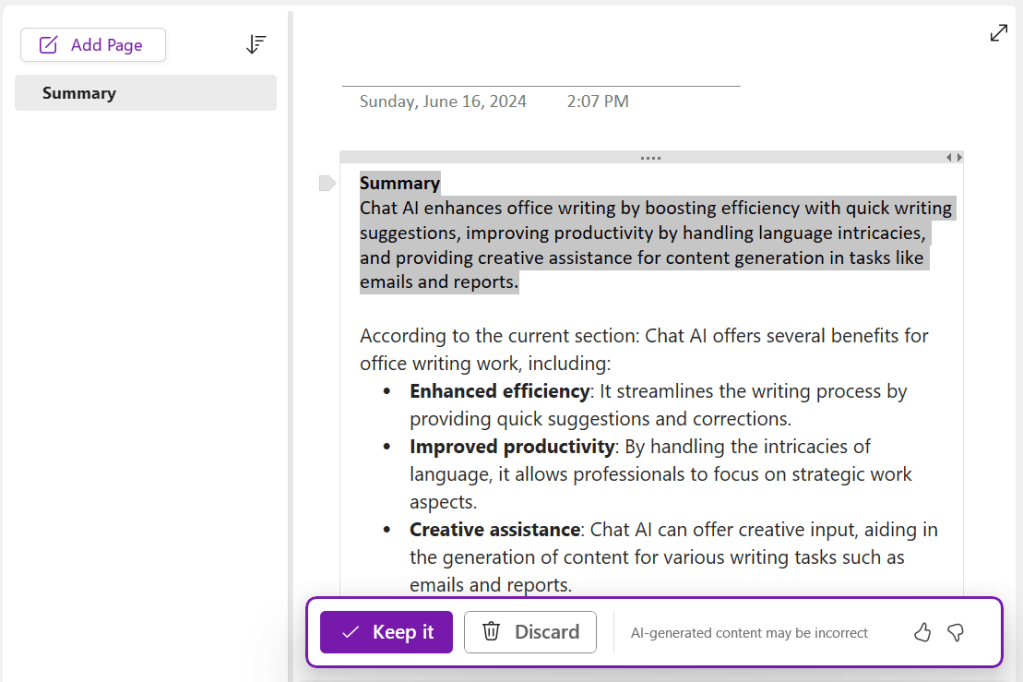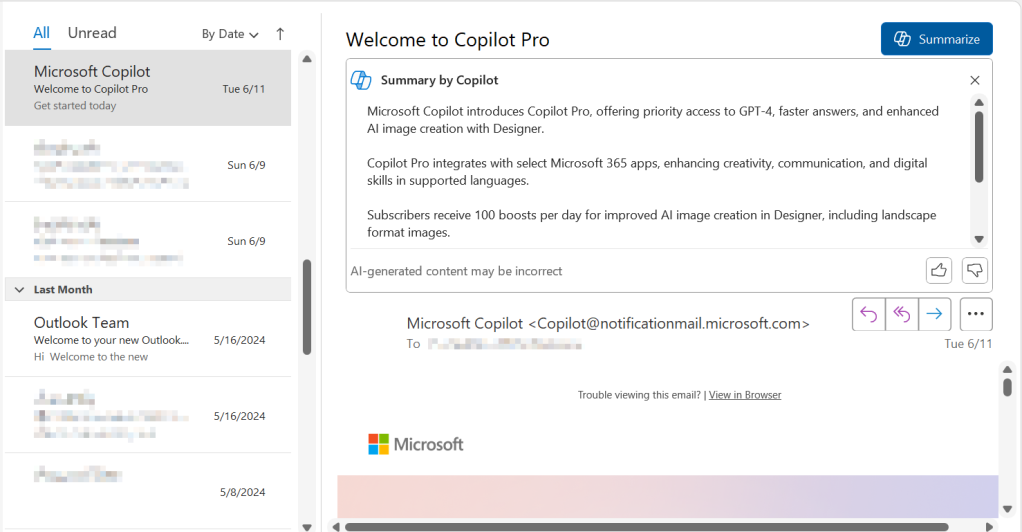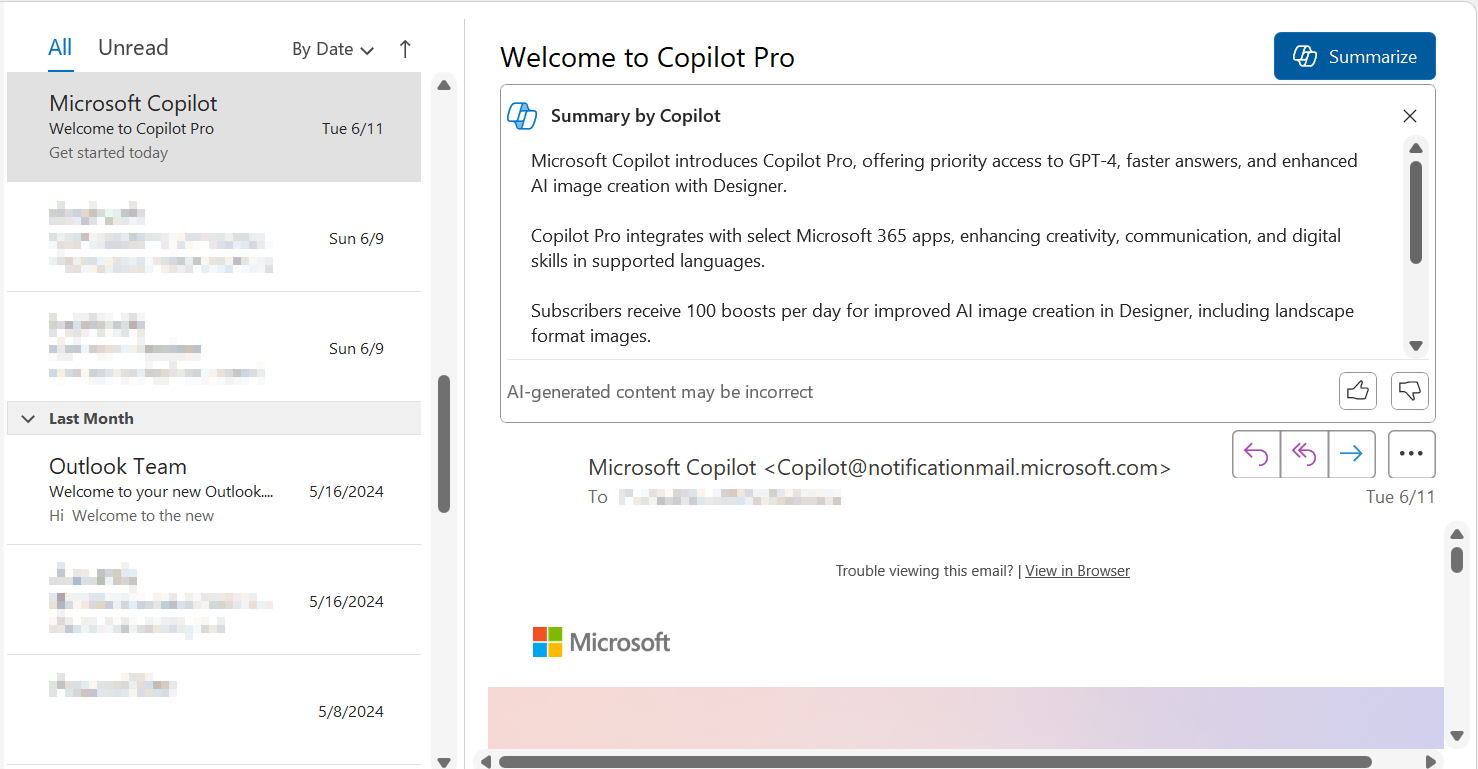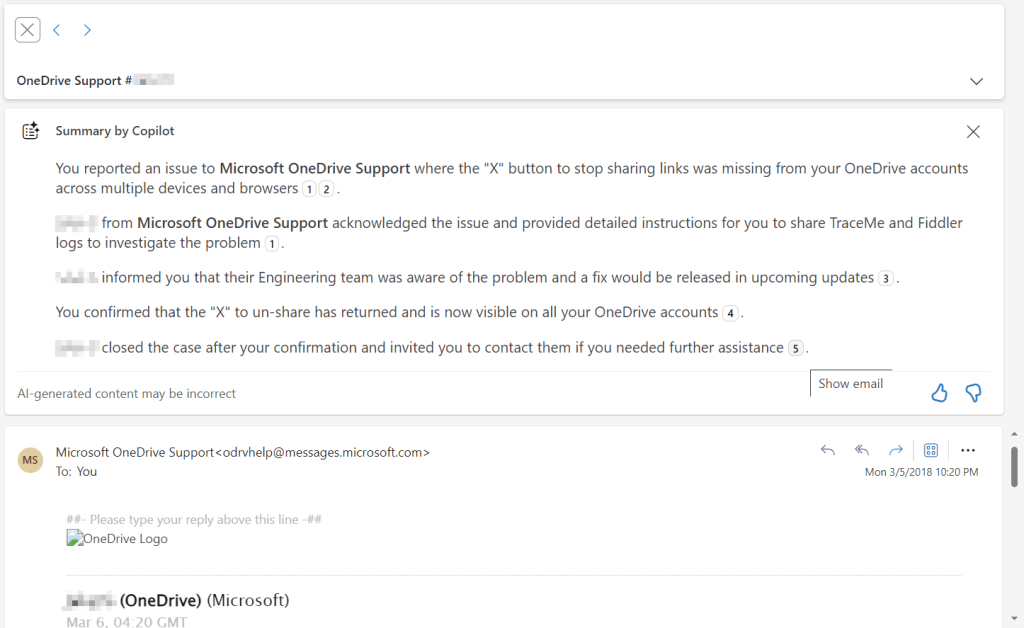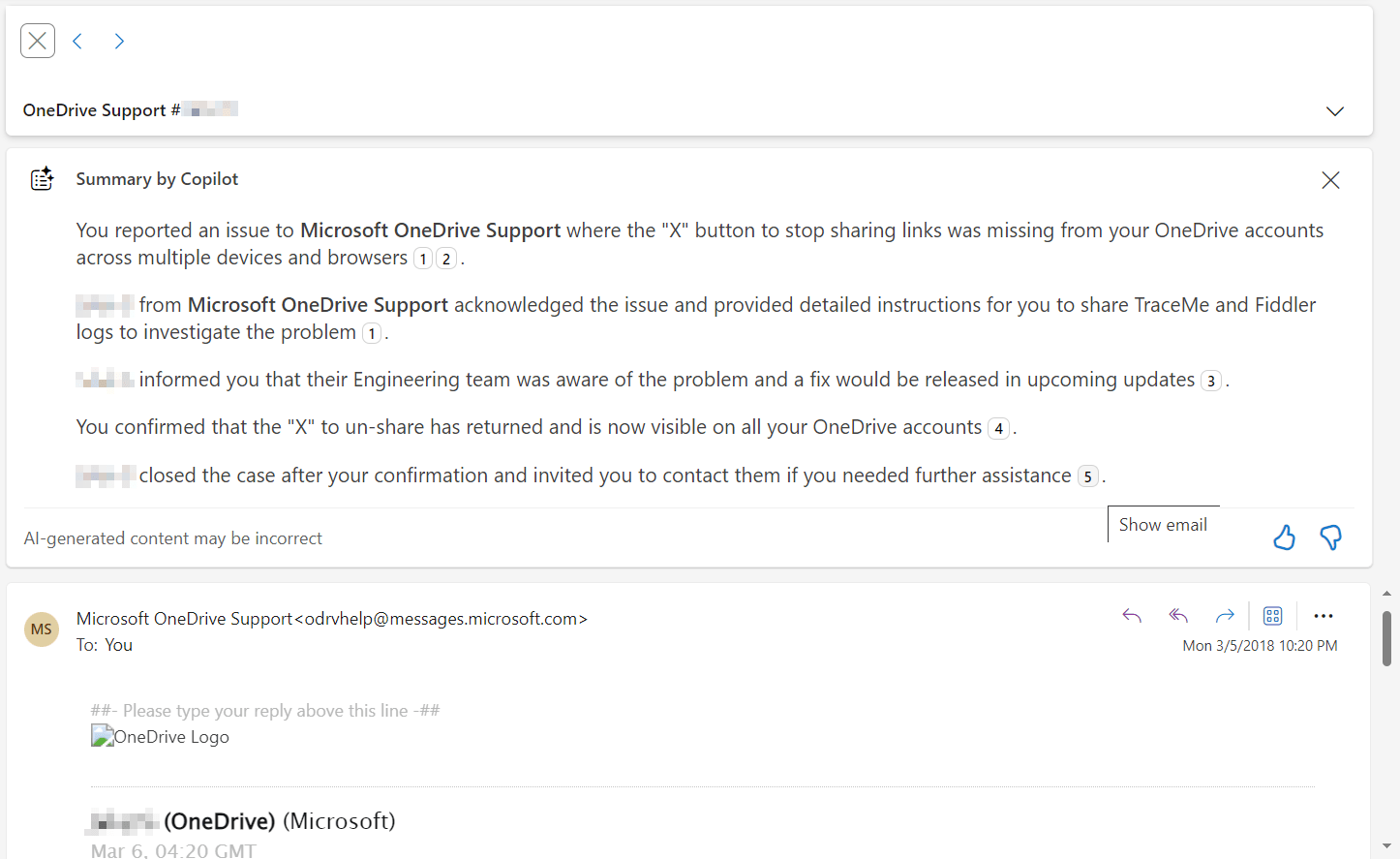
This month’s Patch Tuesday highlights three critical zero-day vulnerabilities affecting Windows PCs and requiring immediate patching — that is, identified as “patch now.” Some updates like those to Office and Edge browsers follow standard release schedules, but be aware of a critical update for SharePoint Server. Developers need to aware o a late addition to the update cycle affecting the Azure Agent, requiring attention for Azure-based virtual macHines. Testing is crucial this month, especially for core Windows features like the Common Error Log, DNS, cryptography and routing services.
More info on Microsoft Security updates for May.
April’s Patch Tuesday was a complex one, especially for SQL-dependent applications. This hefty Patch Tuesday from Microsoft included 149 updates. While there were no zero-day vulnerabilities, key areas addressed include crypto APIs, networking and remote desktop connections. A major update to the Kerberos security system removes Windows 11 from the affected list, highlighting the importance of staying updated. For developers, 11 updates target the development platform, with 10 focused on SQL ODBC issues and 1 on .NET. While the .NET update can be added to the standard schedule, the ODBC updates require careful examination.
More info on Microsoft Security updates for April.
This month’s Patch Tuesday from Microsoft was complex. There were no reported zero-day vulnerabilities, but a number of updates, particularly those affecting SQL, OLE and ODBC components, underscore the importance of a thorough evaluation. Key areas of focus include file management, cryptography, networking, remote desktop connections, and SQL-related functionalities. Given the interconnectedness of these systems, organizations should prioritize testing across their application portfolios to identify potential impacts. The update to the Kerberos security system is noteworthy, as it removes support for certain Windows 11 versions.
More info on Microsoft Security updates for March.
[ad_2]










